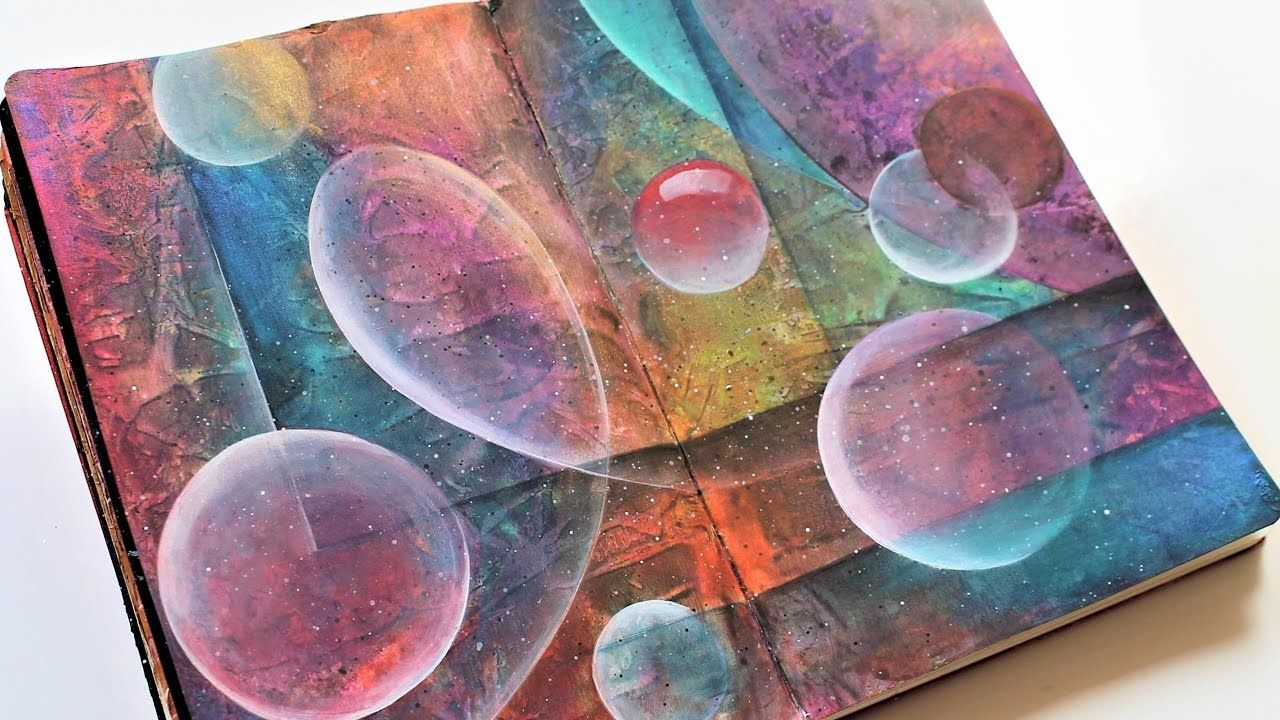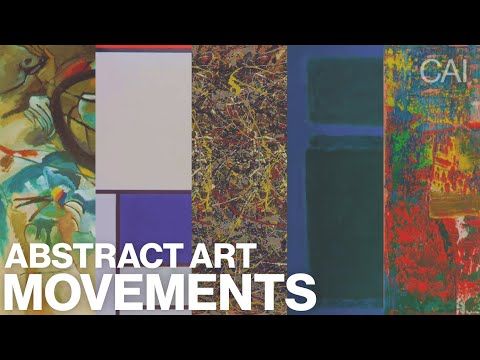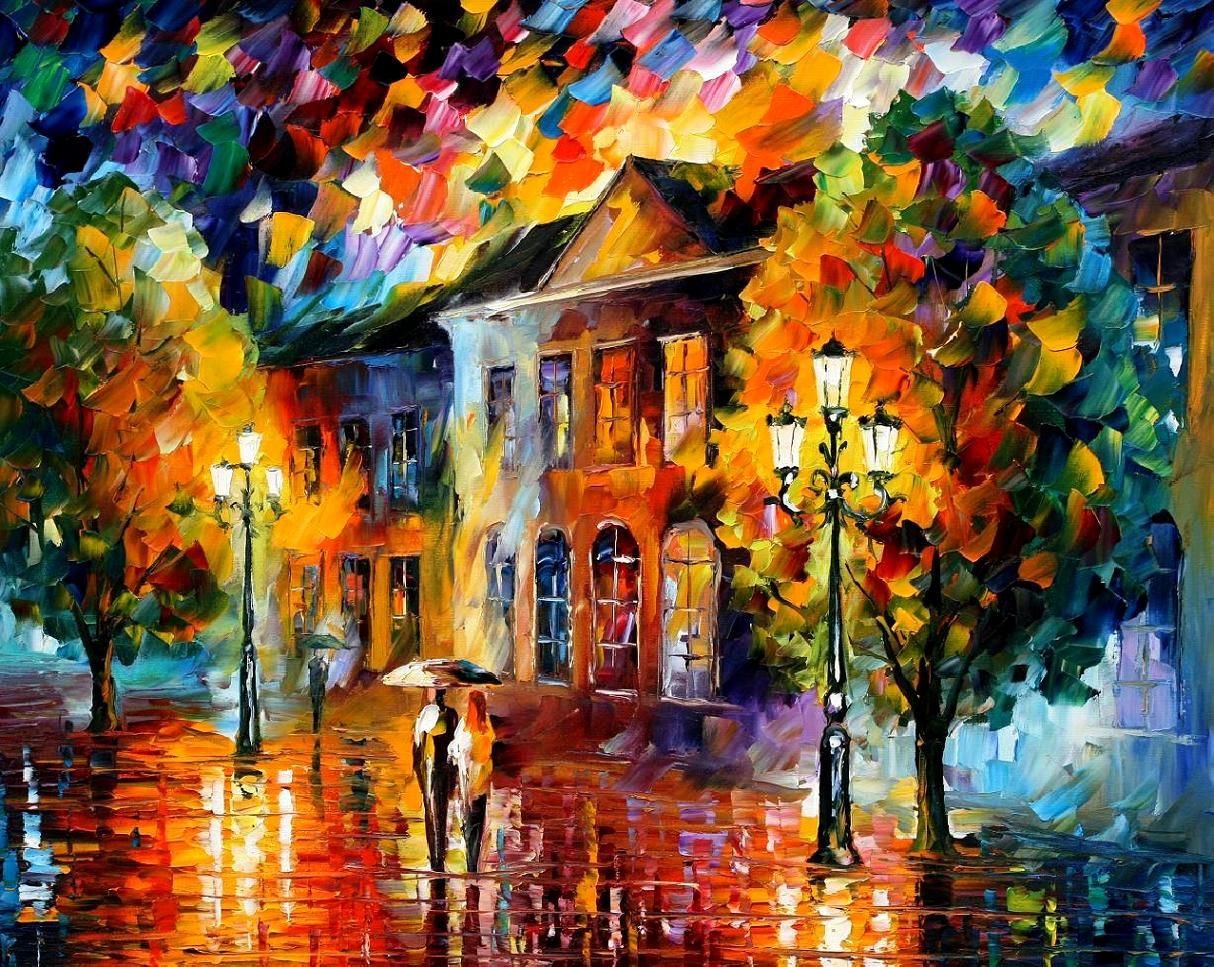Abstract art is a form of art that does not attempt to represent an accurate depiction of visual reality. Instead, abstract artists use color, shapes, and forms to achieve their desired effect. One of the most important elements of abstract art is color, as it can evoke emotions, create a mood, and convey meaning to the viewer.
The Psychology of Color
Colors have a profound impact on our emotions and can influence our mood in various ways. For example, warm colors such as red, orange, and yellow can evoke feelings of warmth, energy, and passion. On the other hand, cool colors like blue, green, and purple are often associated with calmness, tranquility, and serenity.
The Use of Color in Abstract Art
In abstract art, color is used in a variety of ways to create visual interest and convey meaning. Artists carefully select colors based on their desired effect, using complementary or contrasting colors to create harmony or tension within the composition.
Emotional Response
Different colors can elicit different emotional responses from viewers. For example, a painting dominated by vibrant reds and yellows may create a sense of excitement and energy, while a piece that uses muted blues and greens might evoke a feeling of calm and relaxation. By strategically using color, abstract artists can guide the viewer’s emotional response to their work.
Creating Depth and Dimension
Color can also be used in abstract art to create depth and dimension within a composition. By using lighter and warmer colors in the foreground and darker and cooler colors in the background, artists can create the illusion of space and depth, drawing the viewer’s eye into the work.
Symbolism and Meaning
Color can also be used symbolically in abstract art to convey deeper meanings and messages. For example, the color red is often associated with passion, love, and anger, while the color blue is often associated with peace, tranquility, and stability. By incorporating these symbolic meanings into their work, abstract artists can add layers of complexity and meaning to their compositions.
Conclusion
In conclusion, color plays a crucial role in abstract art, influencing the emotional response of viewers, creating depth and dimension, and conveying symbolic meanings. By understanding the psychological impact of color and strategically using it within their compositions, abstract artists can create visually stunning and emotionally engaging works of art.



